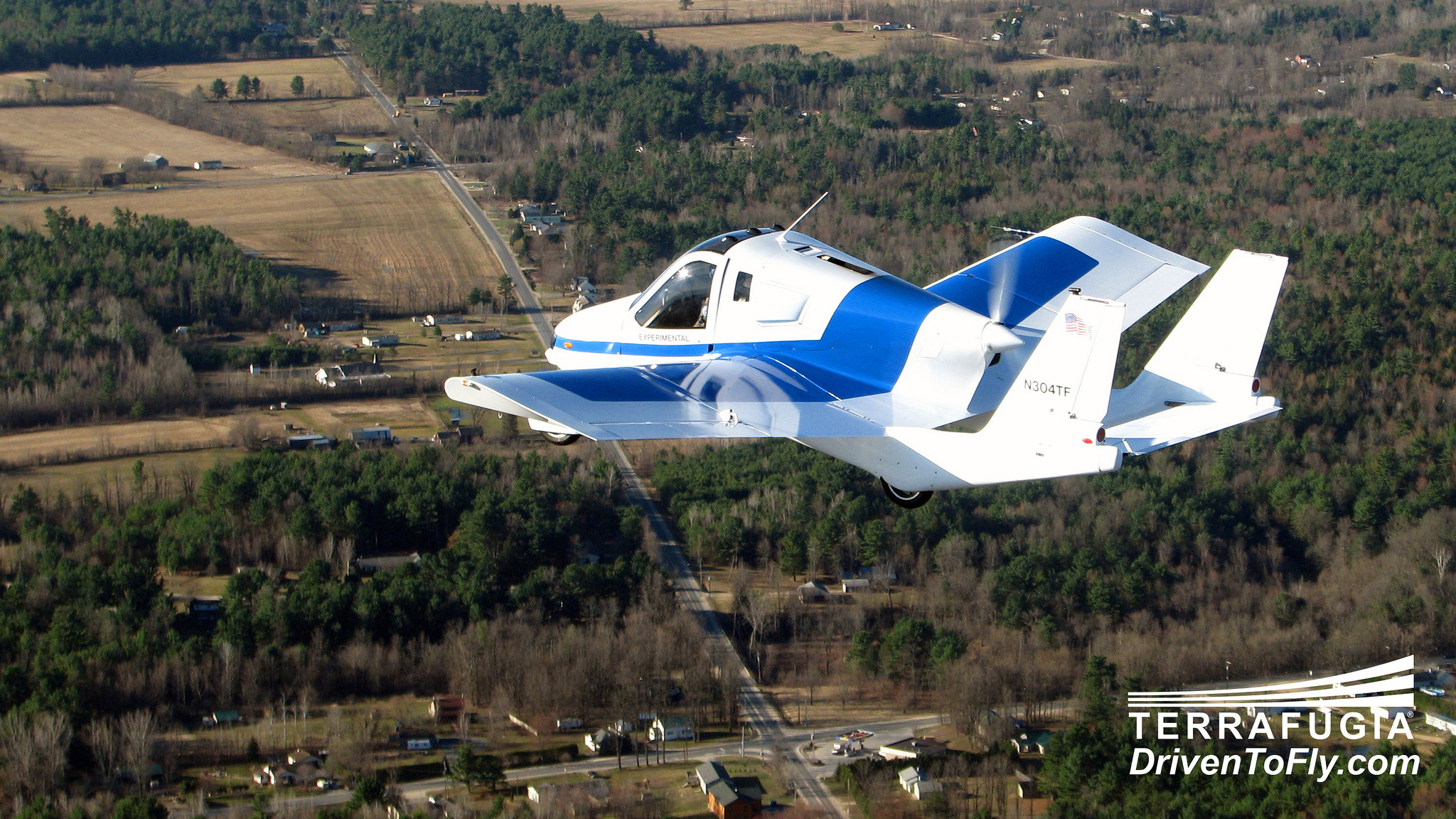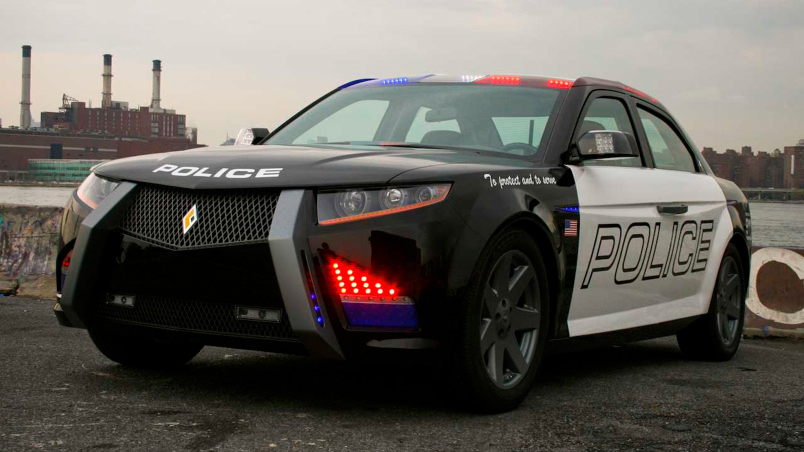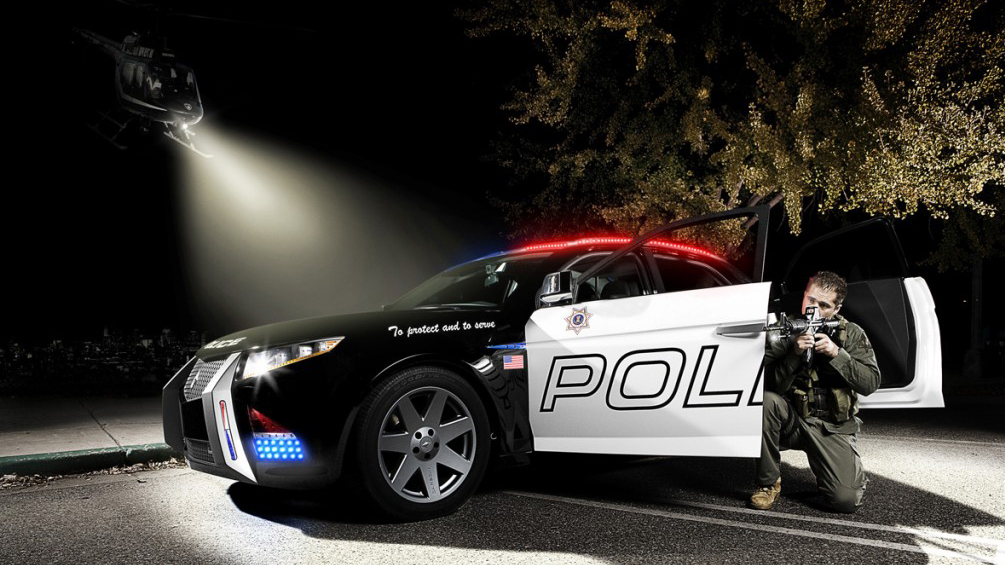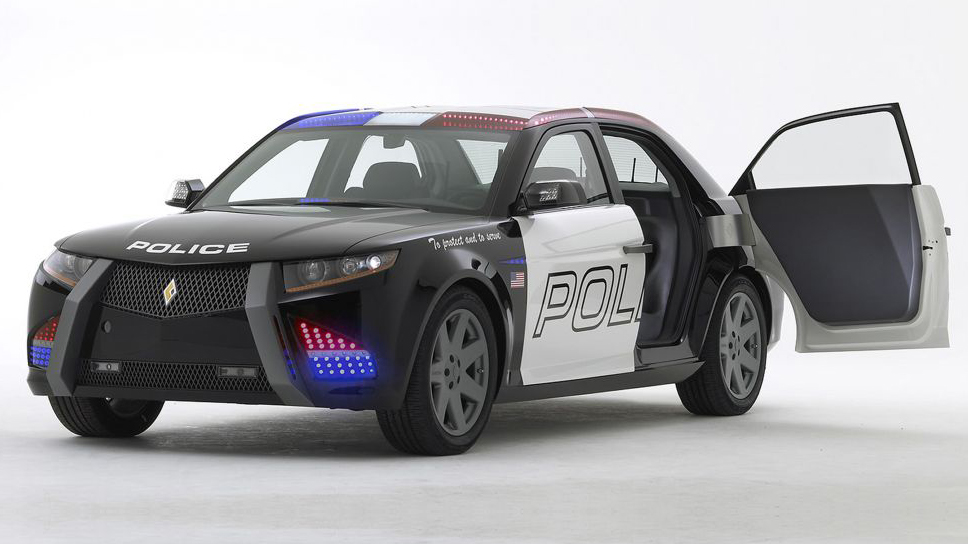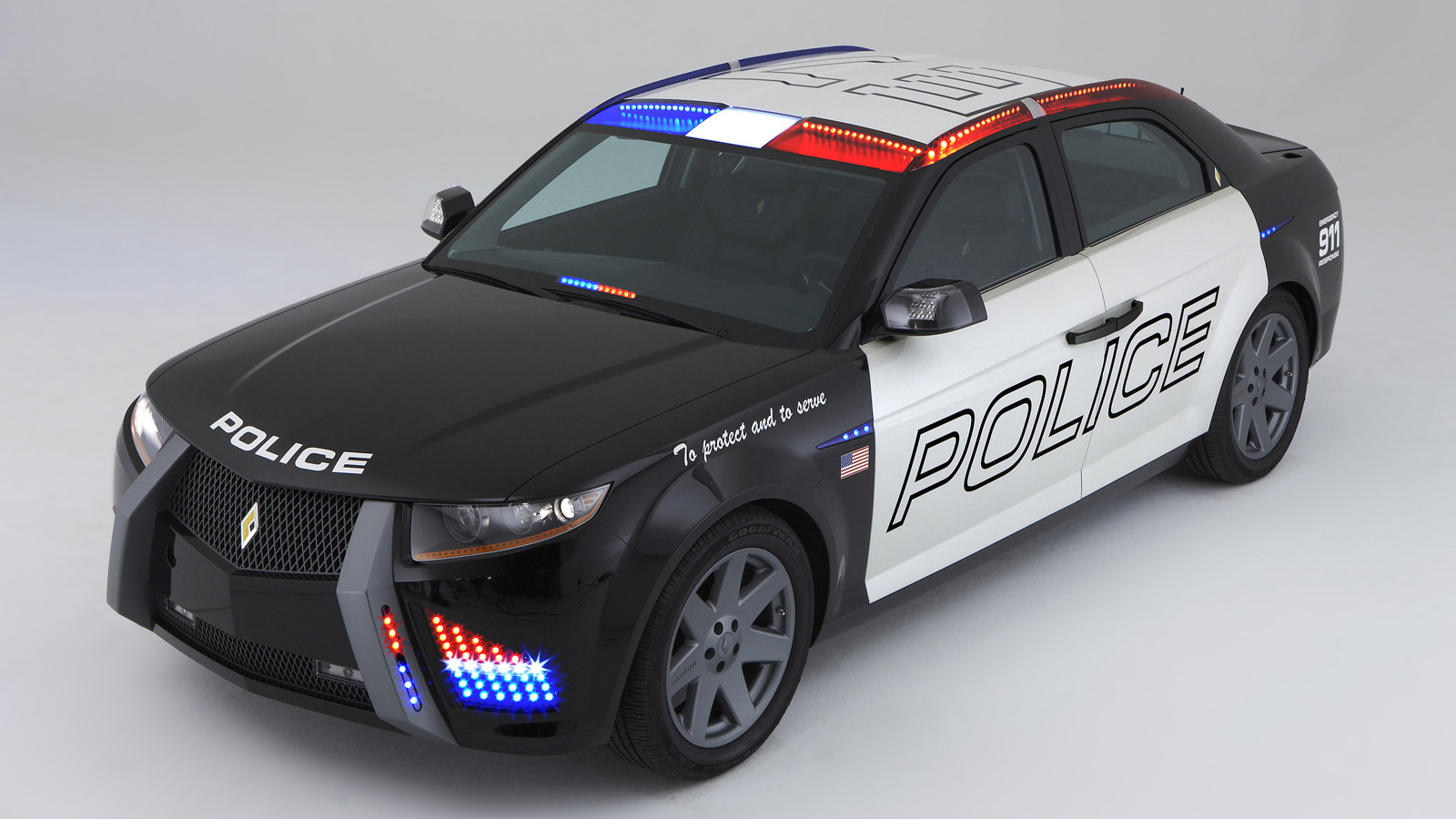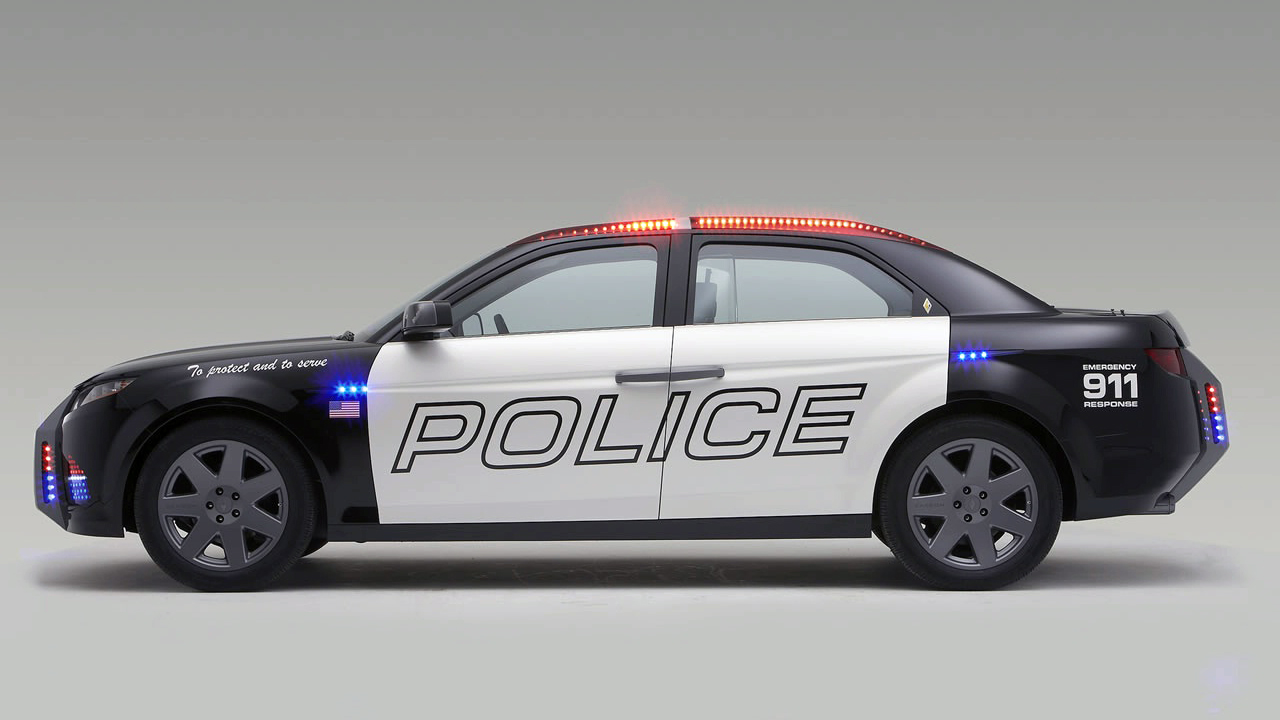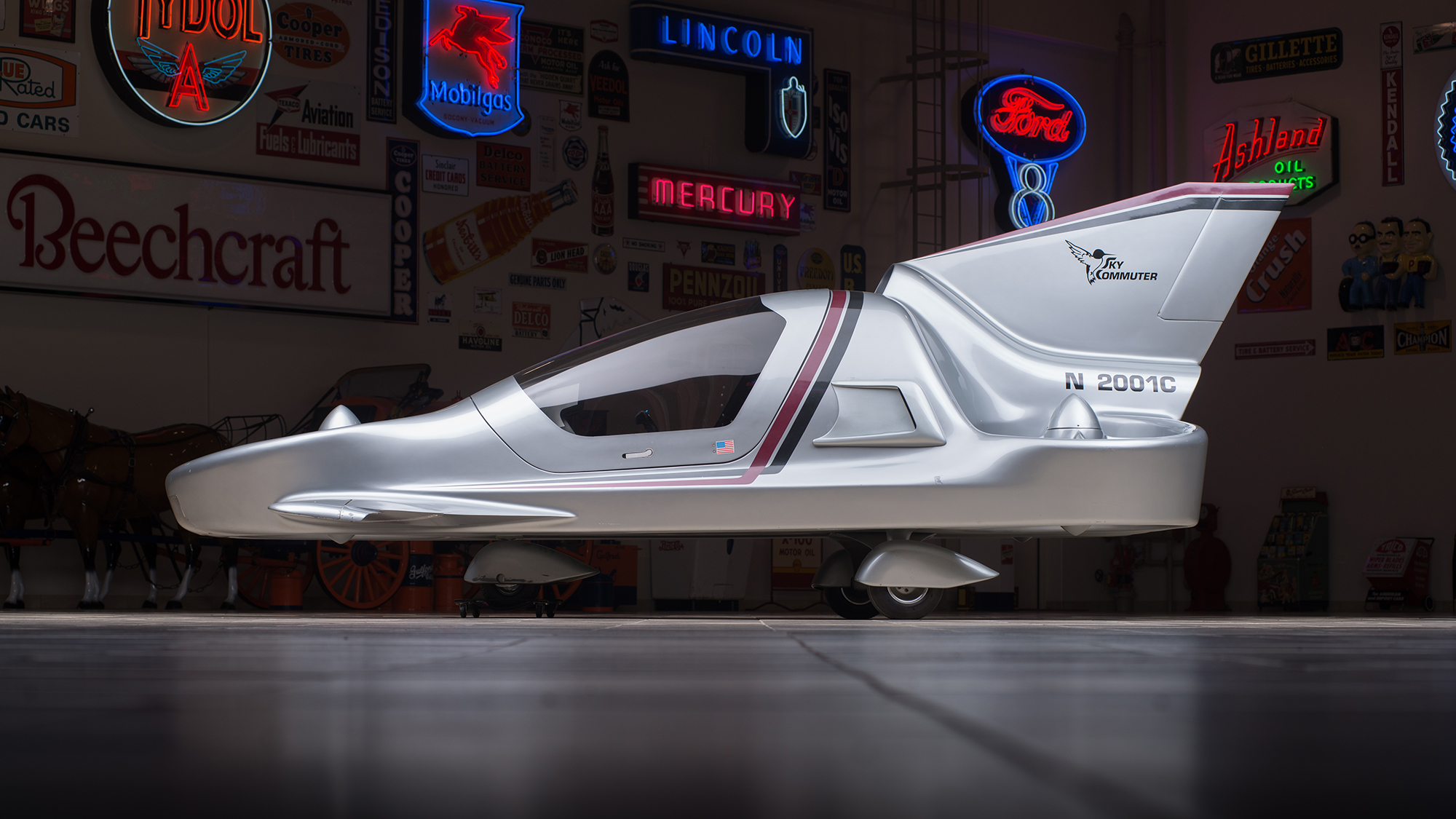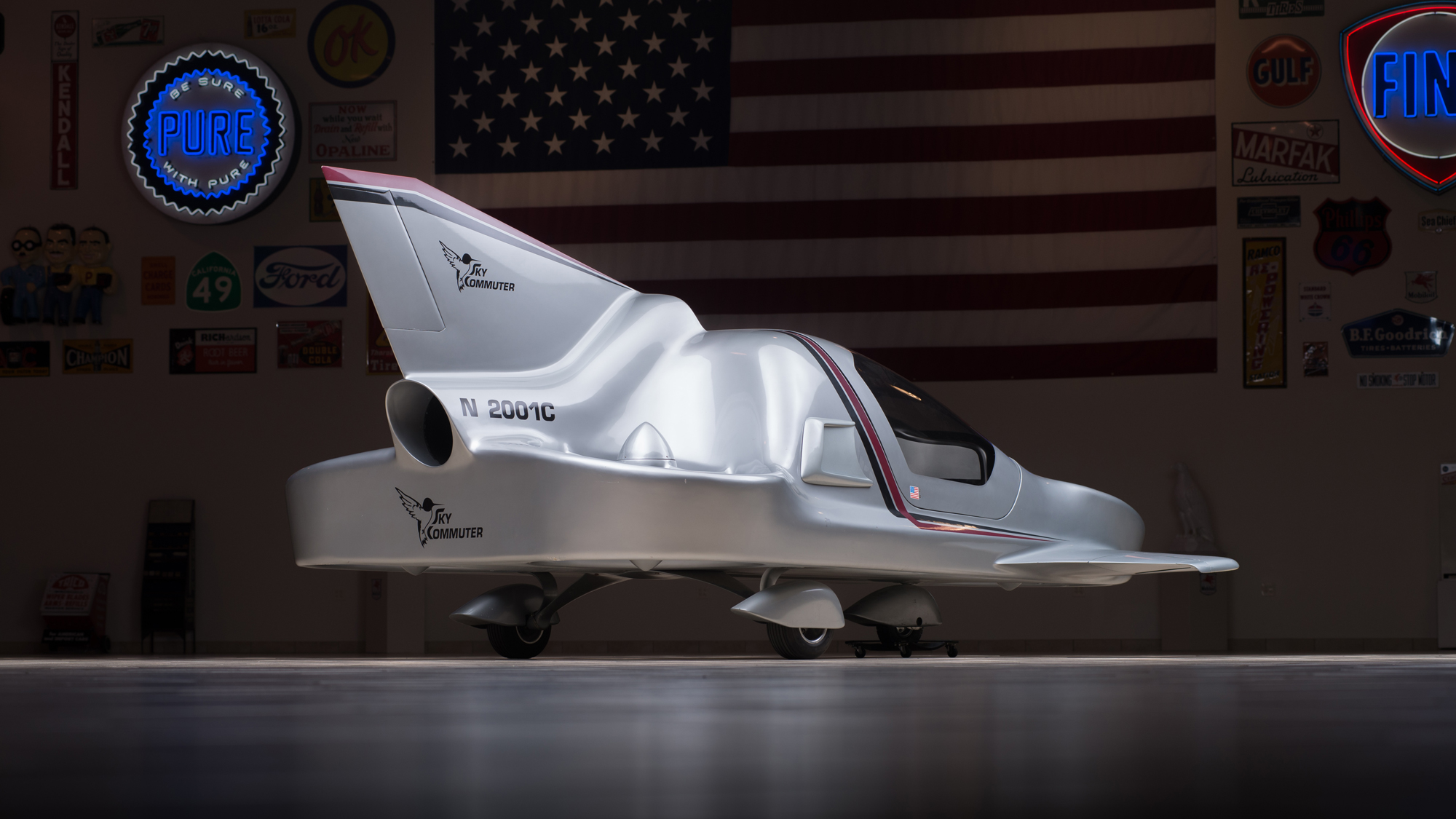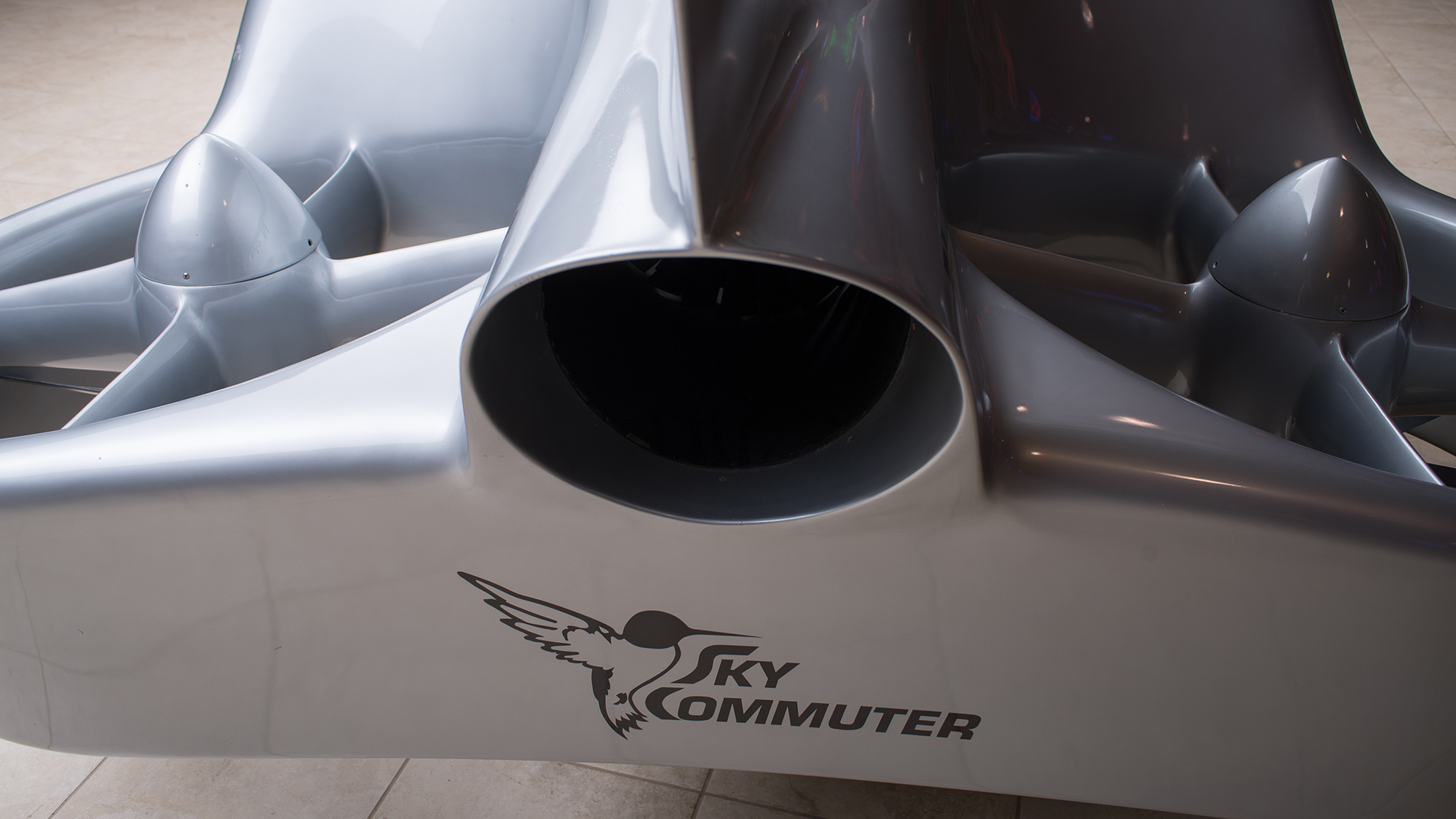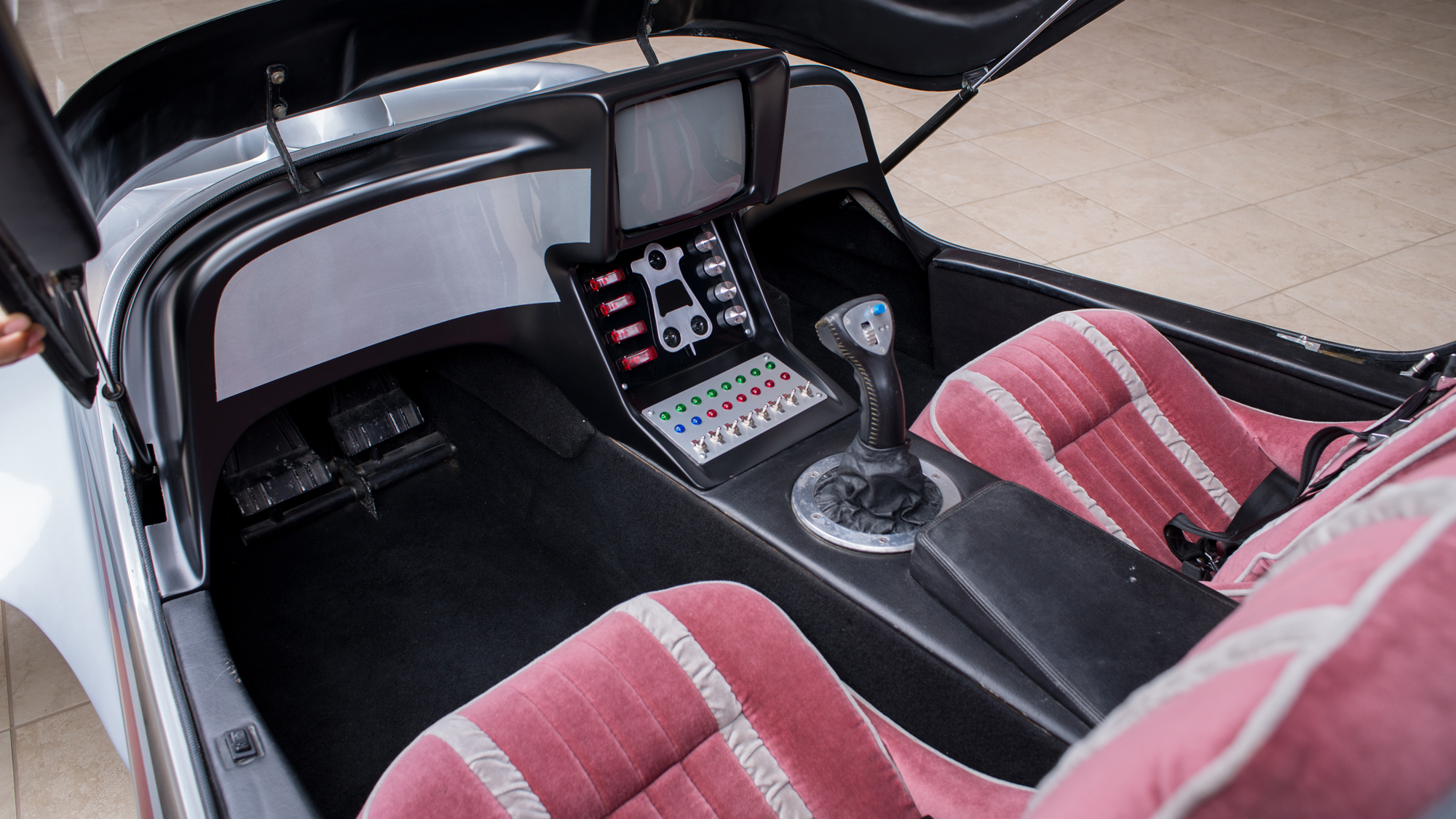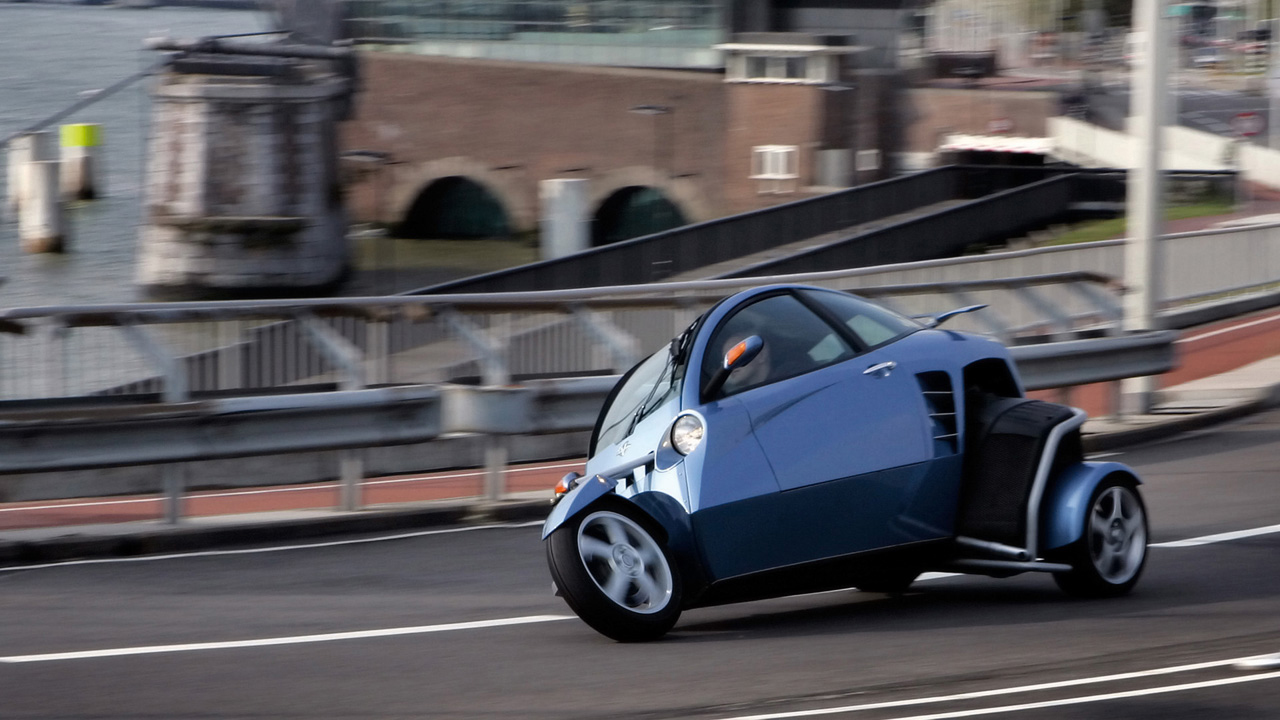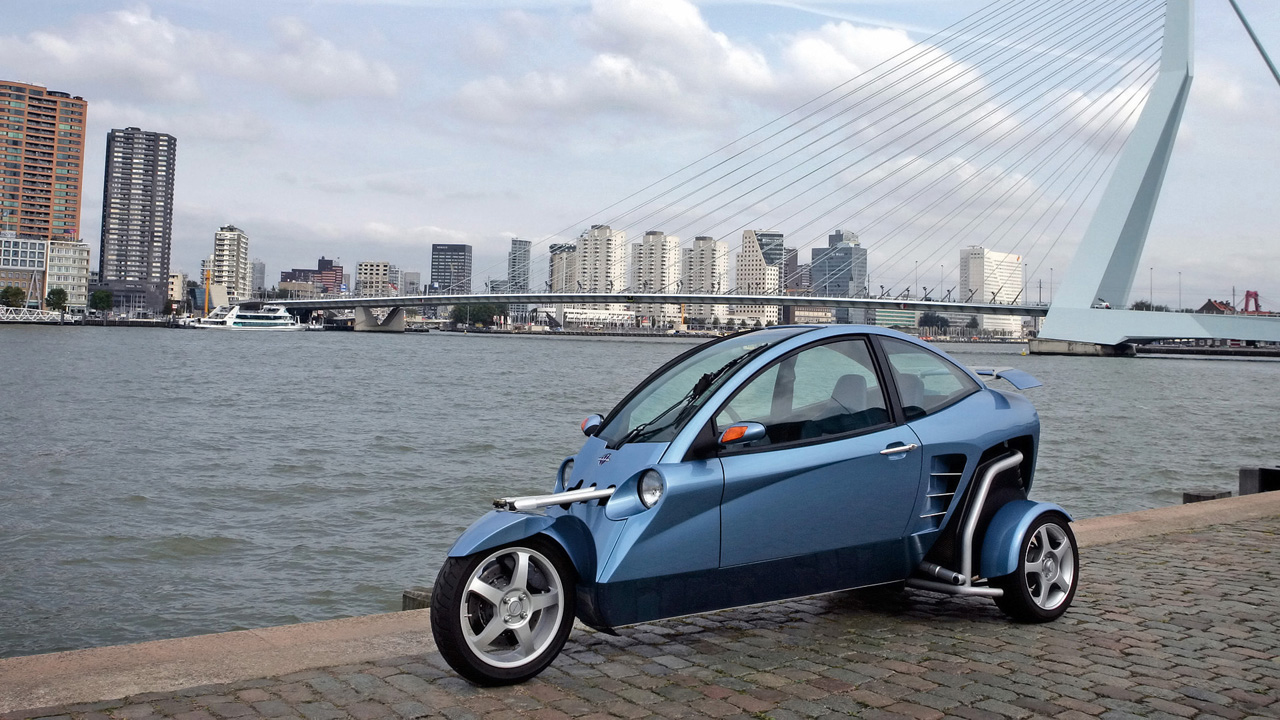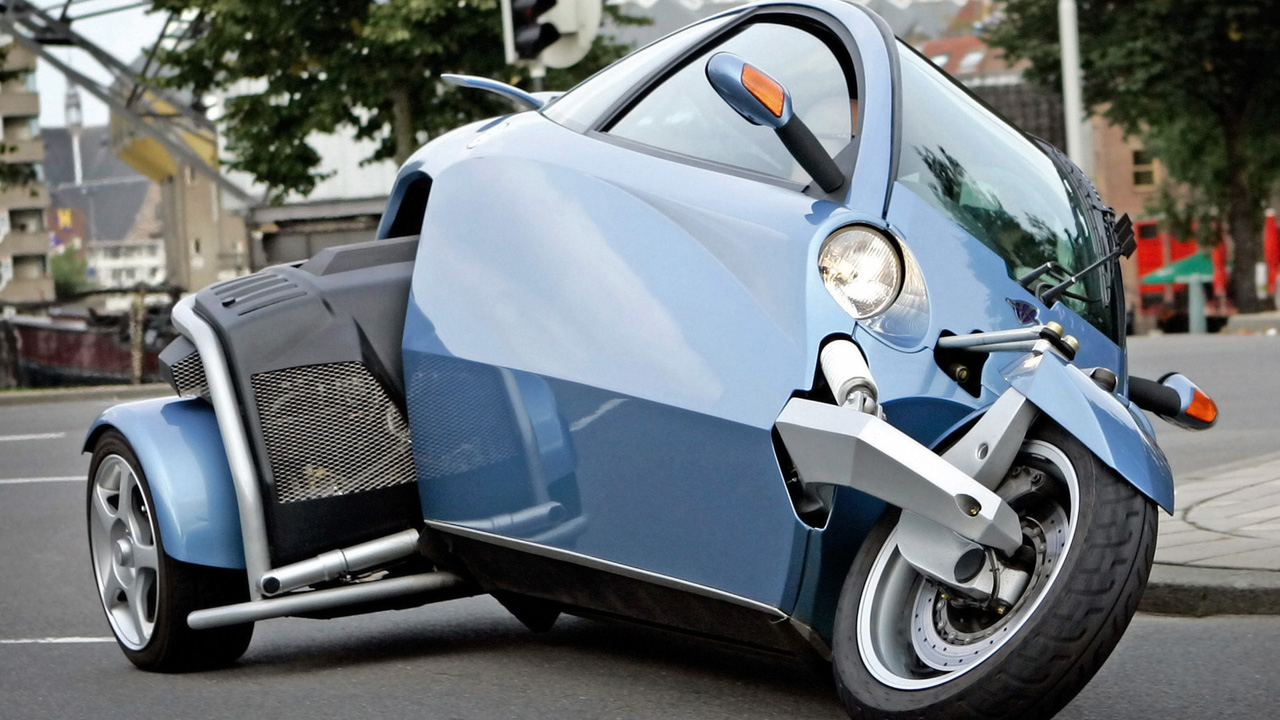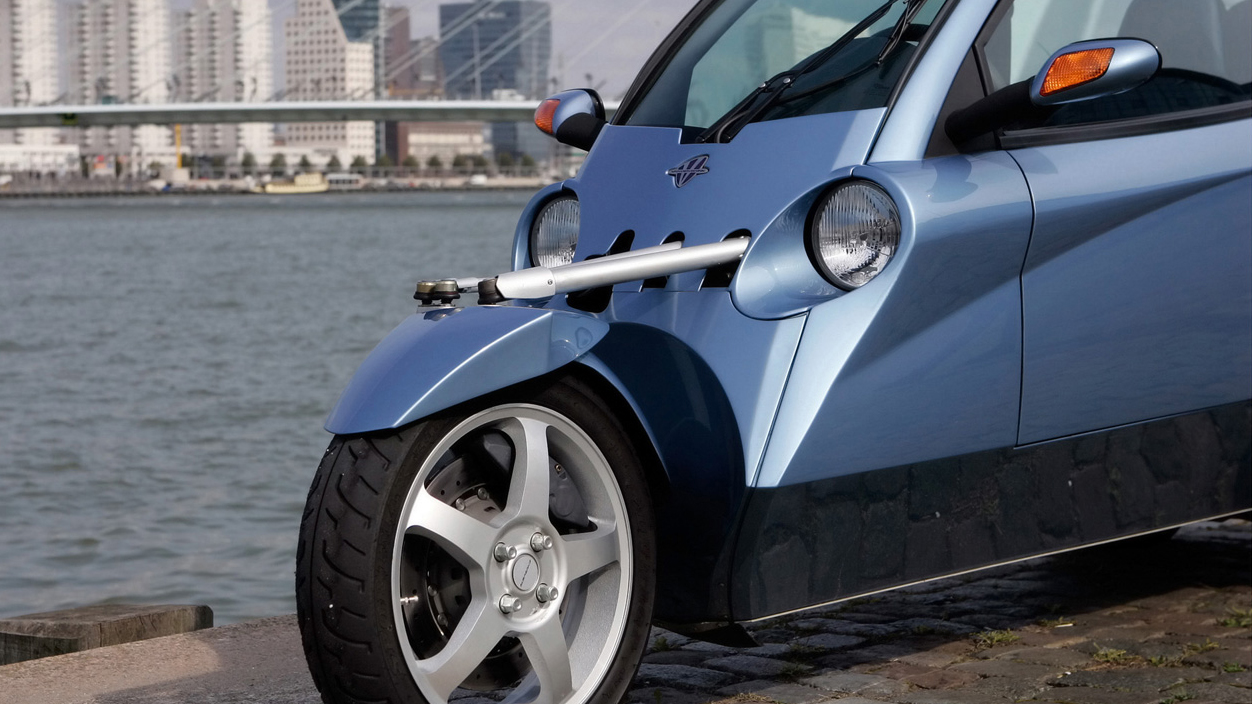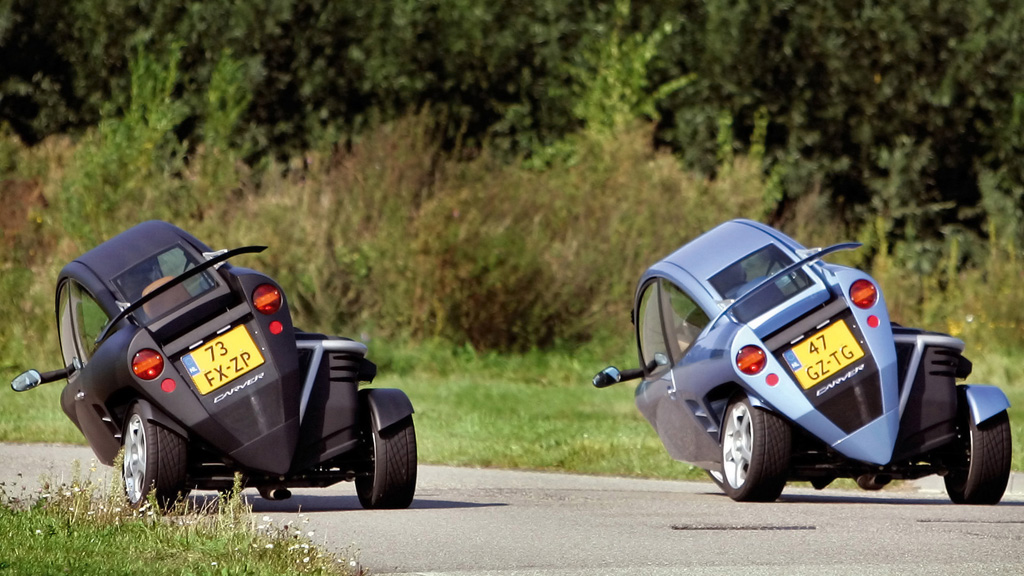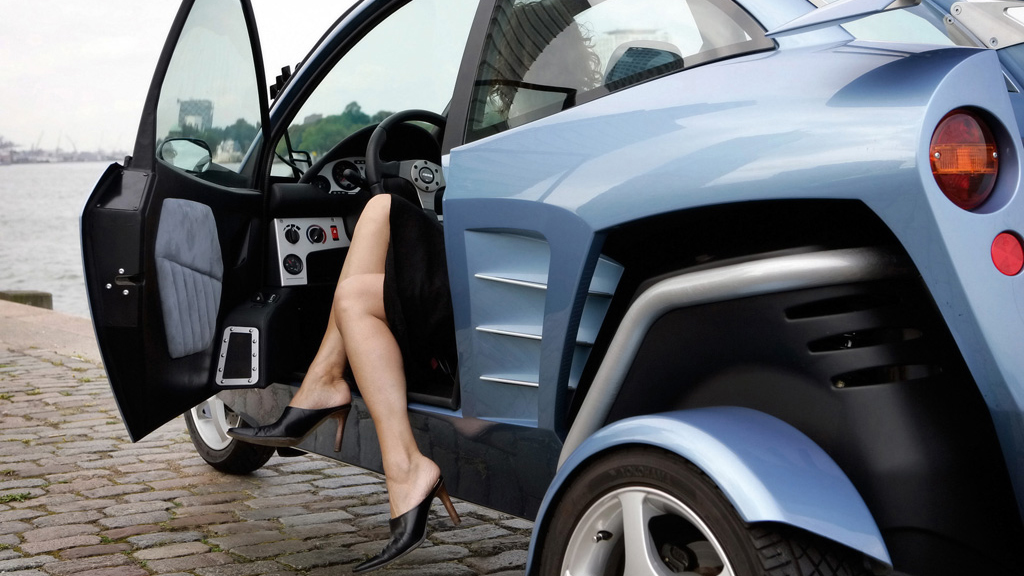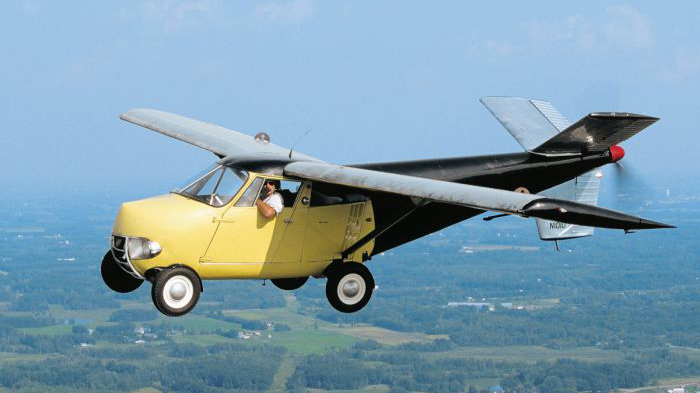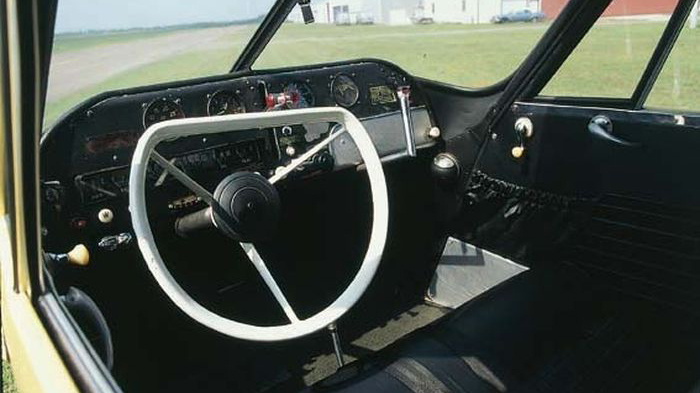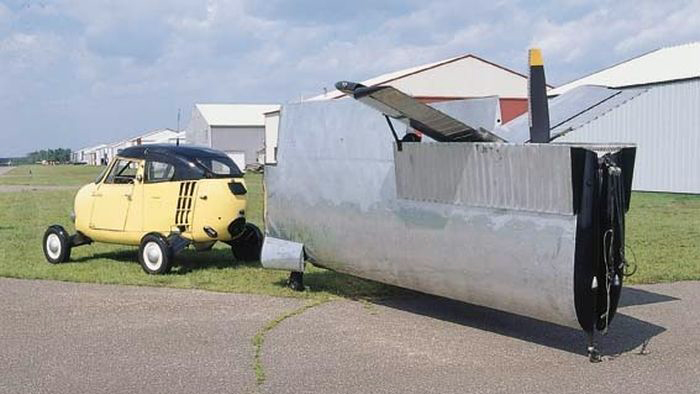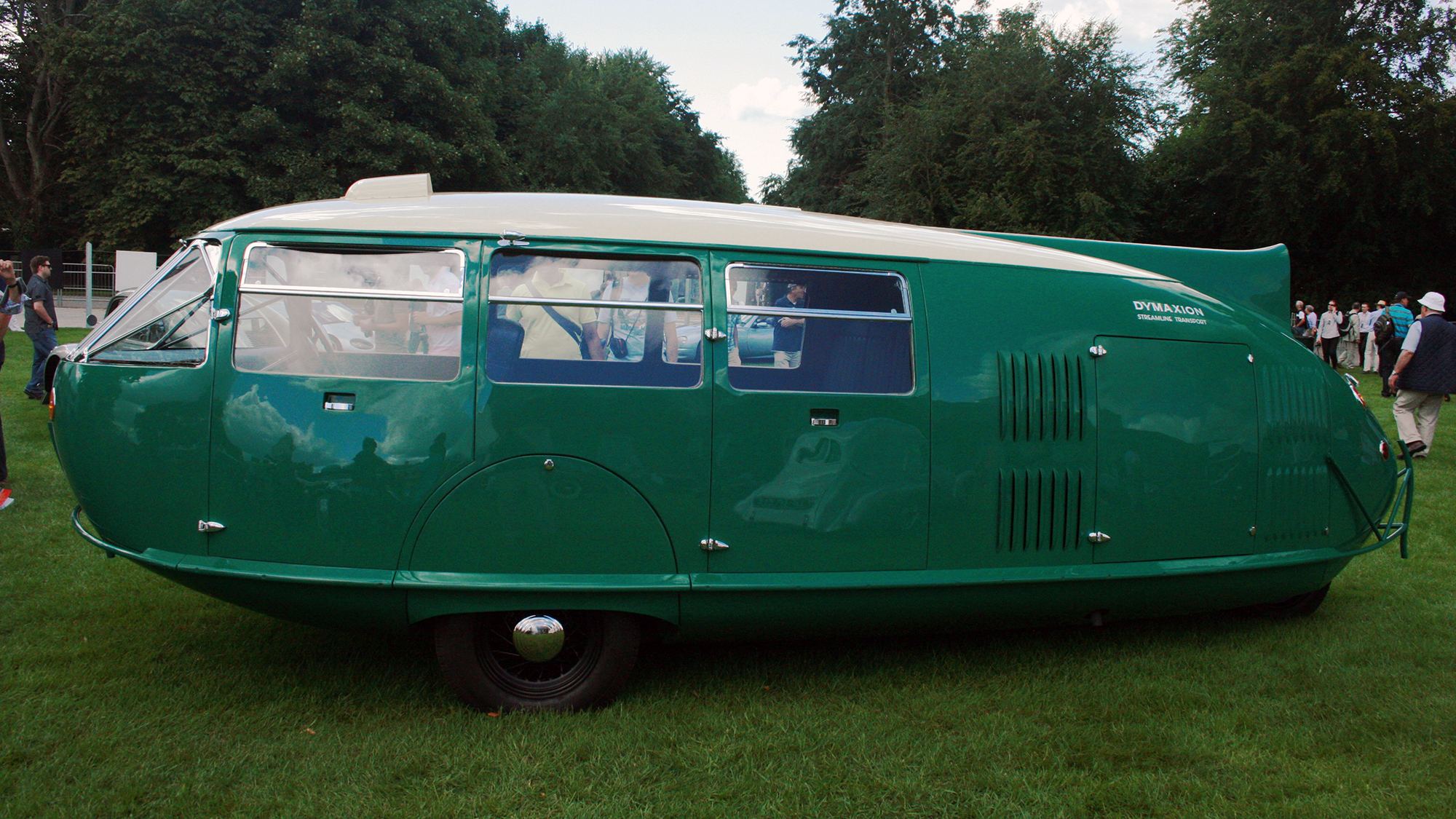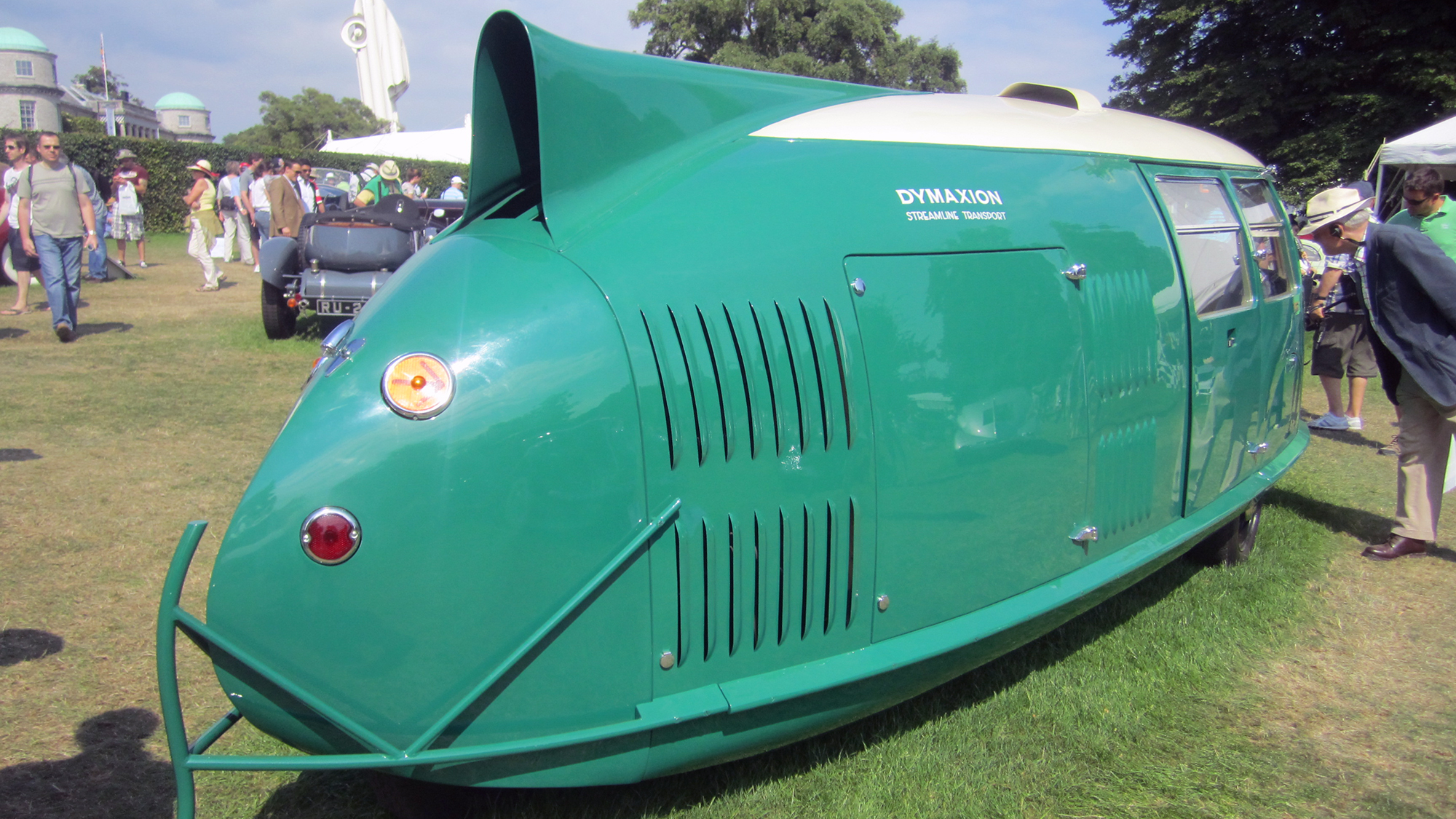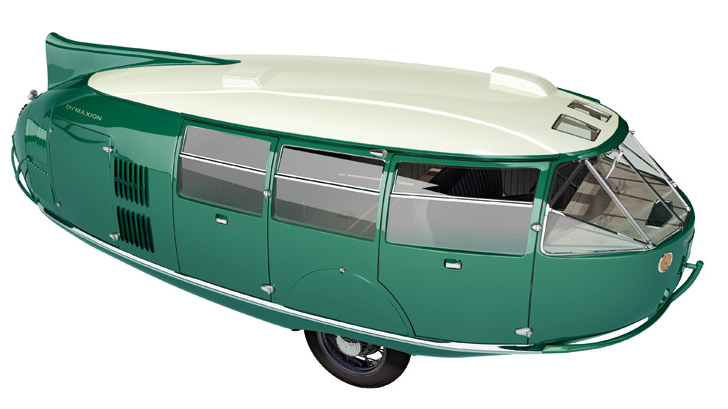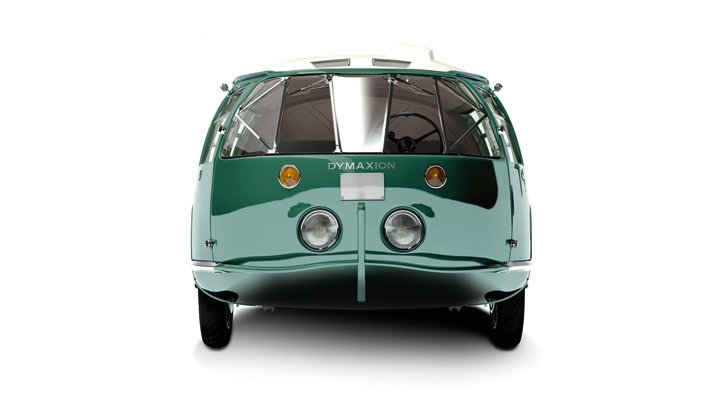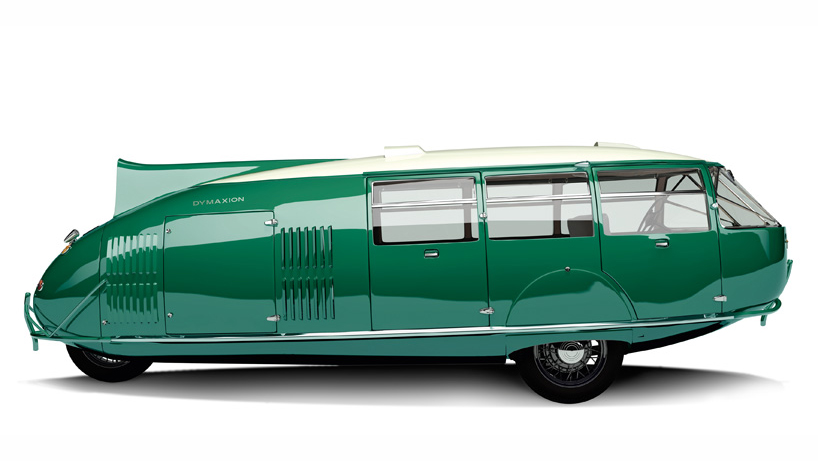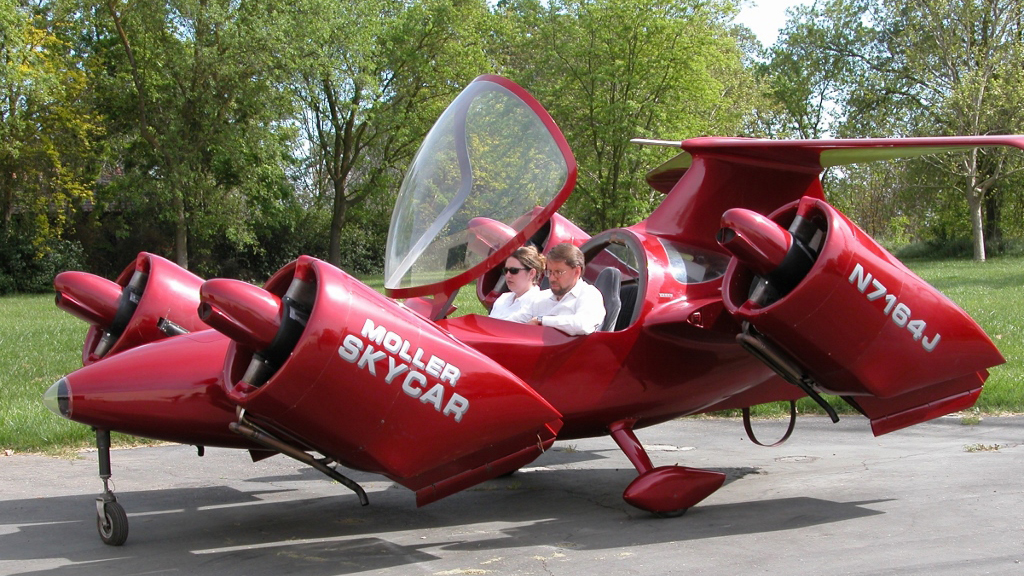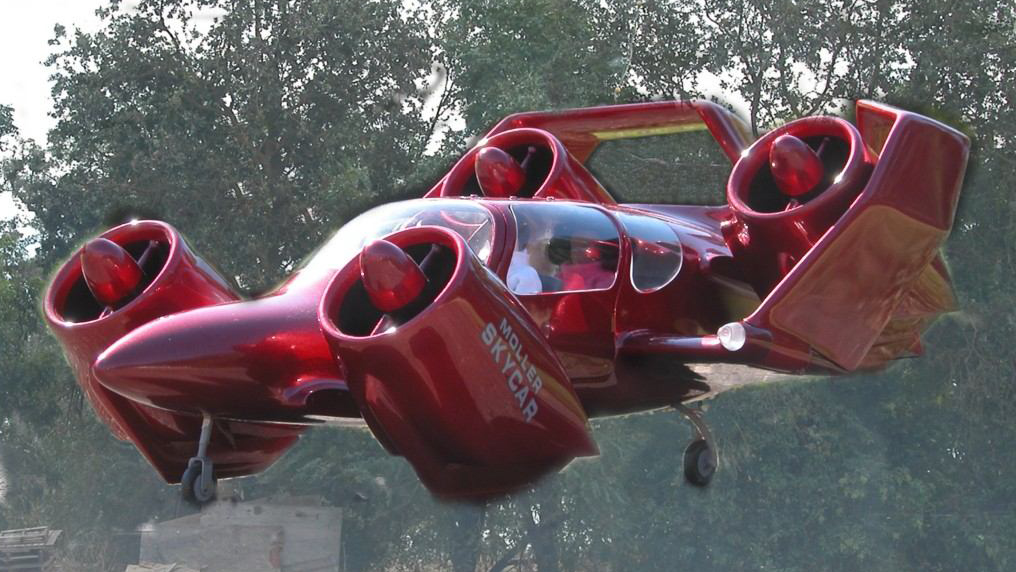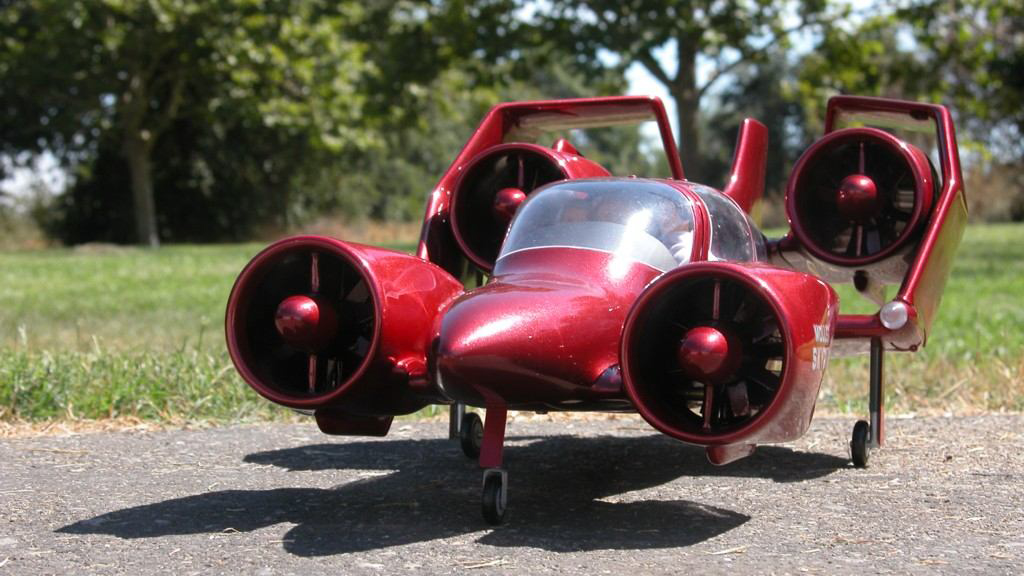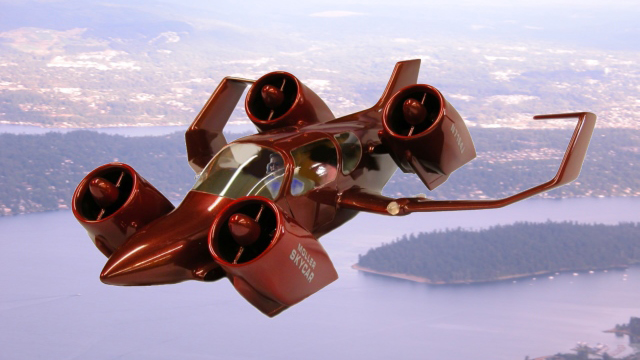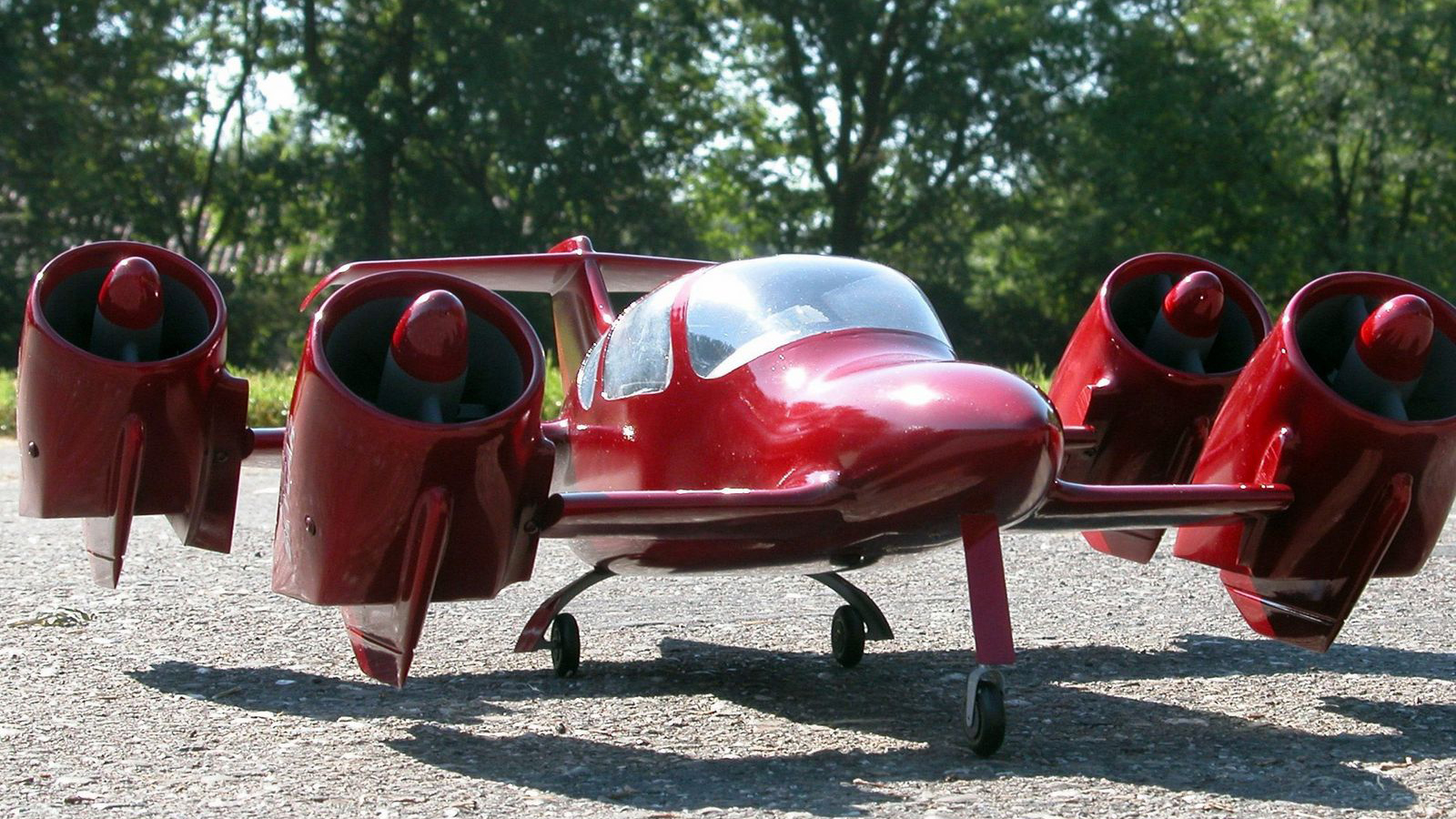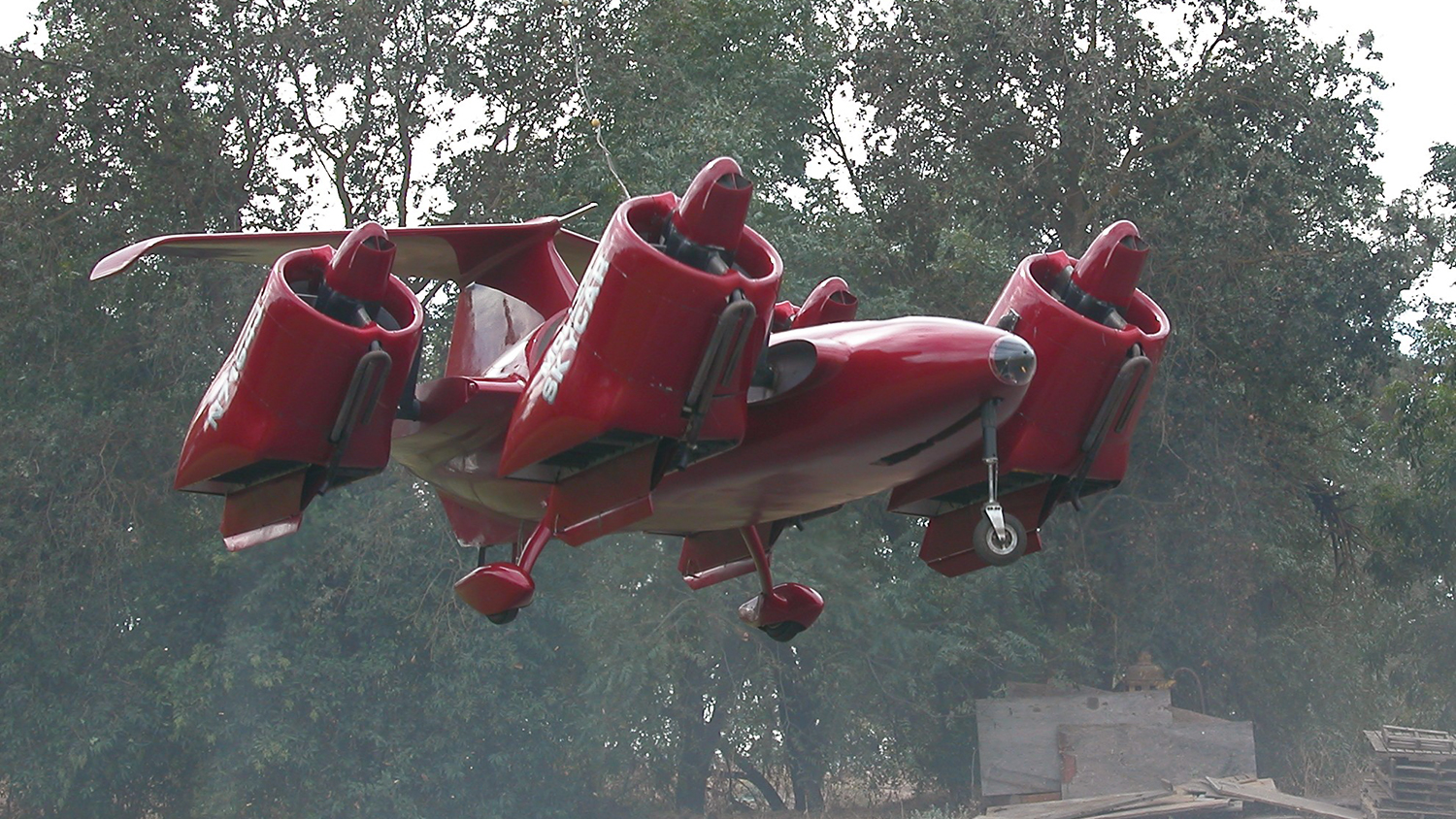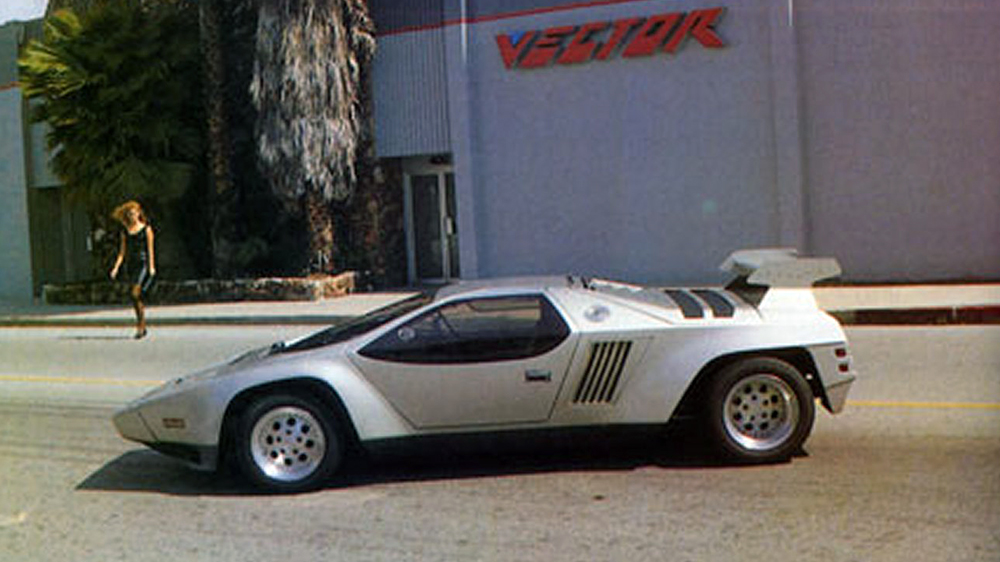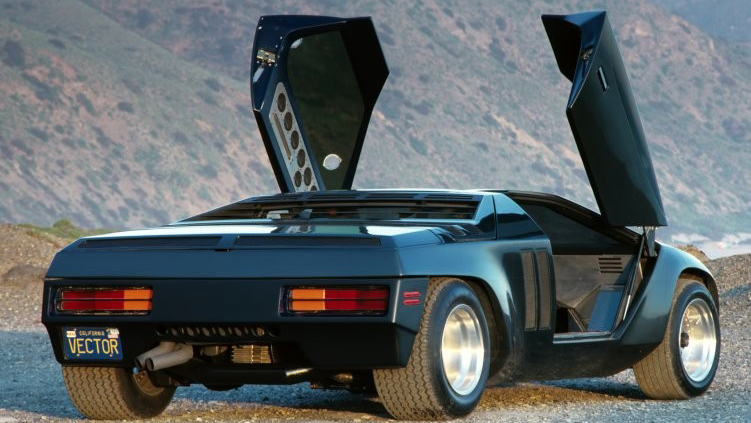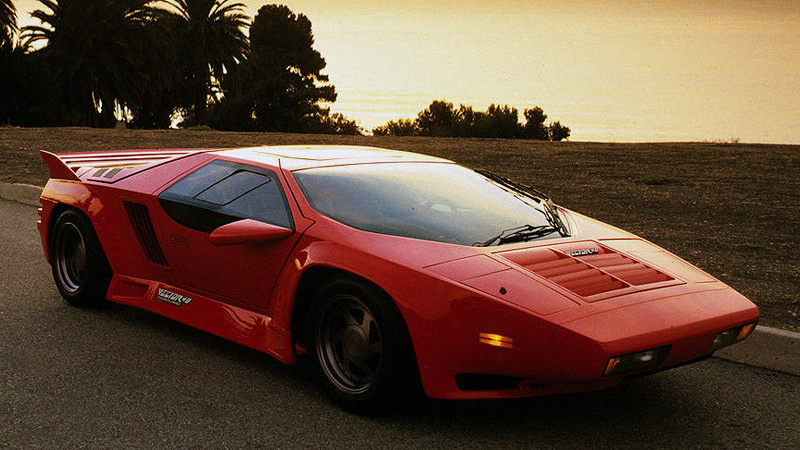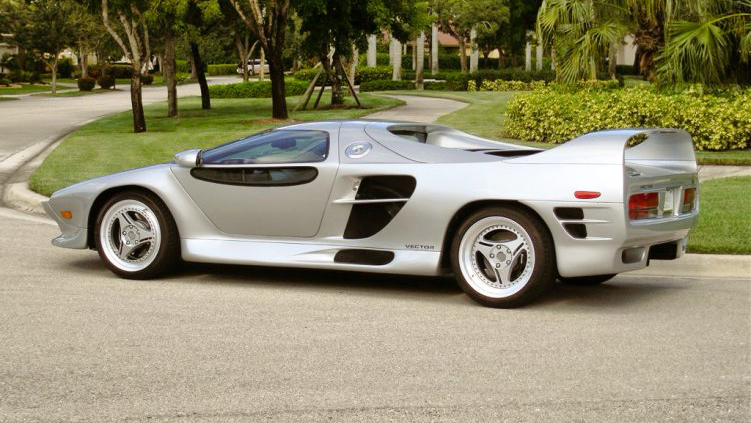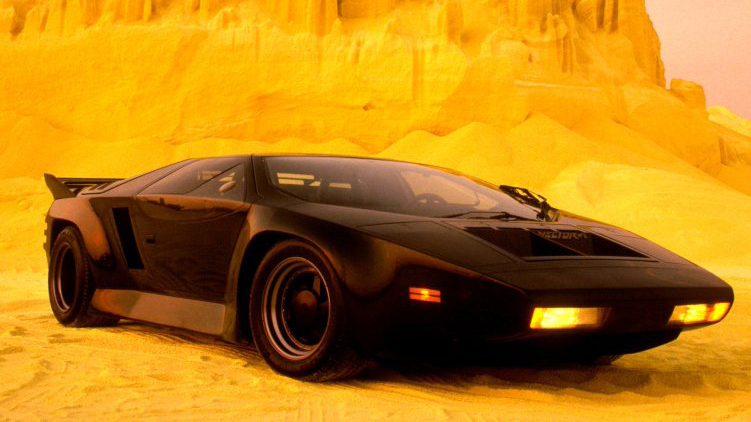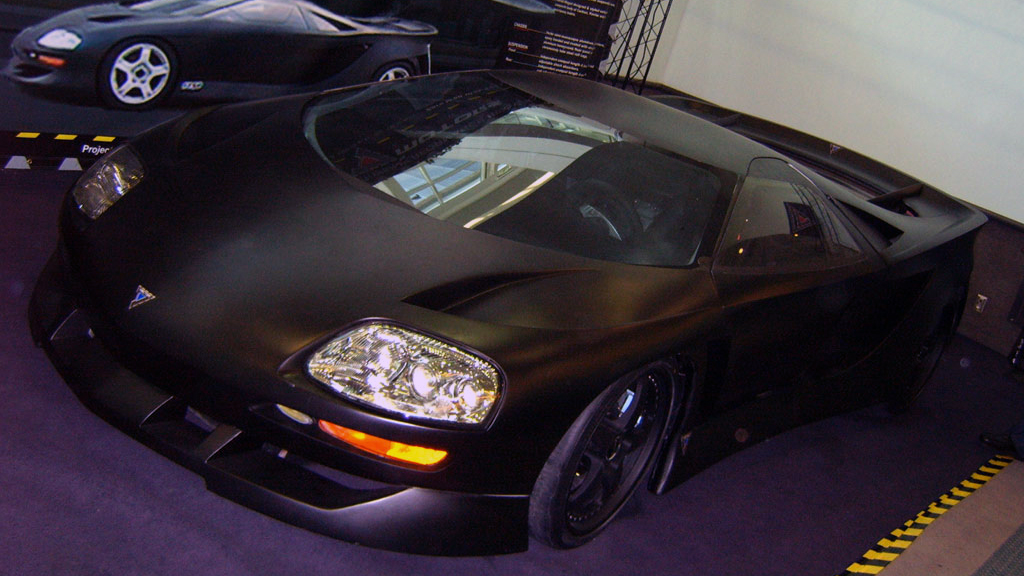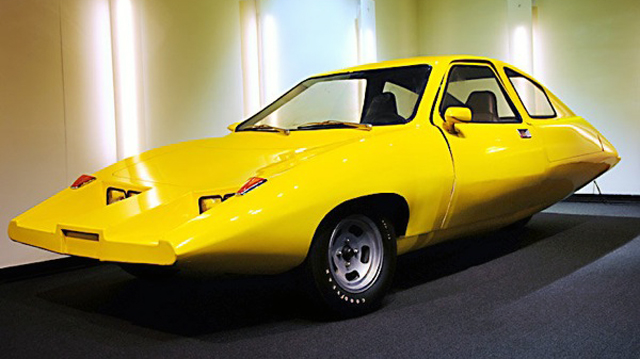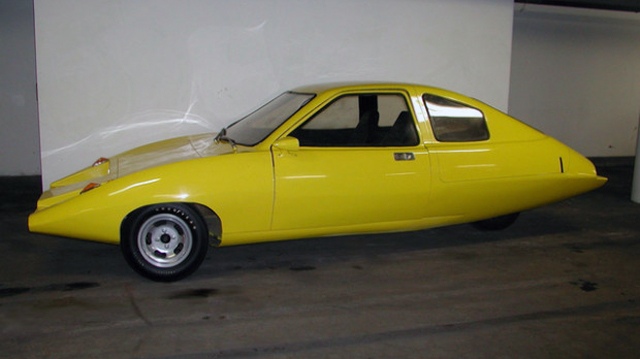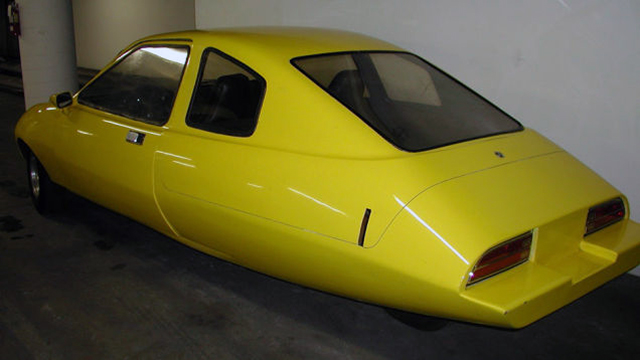Vaporware products are the ultimate tease, and companies big and small are guilty of shelling them out. Computer hardware and video game brands are probably the biggest culprits out there, but in terms of big promises with little payoff, the car world is more than well-versed.
We’ve seen it all in the automotive space — flying cars, bizarre concepts, and dubious speed machines (looking at you, Devel Sixteen) — so in celebration, we’re counting down our 10 favorite cars that never were. Hop on board the vaporware express and let’s get started.
10. Terrafugia Transition
Aircraft manufacturer Terrafugia is a constant source of amusement and frustration in our industry, as the Massachusetts firm has been drumming up interest for its unique flying vehicles since 2006. The Transition — a 400-mile roadable aircraft with a steering wheel as well as a control stick — has been the main lightning rod for Terrafugia over the last few years, but the company’s Jetsons-esque TF-X made waves in 2015 for its semi-autonomous flight capabilities and plug-in hybrid drivetrain.
Why are these unbelievable creations so low on our list? The brand actually appears to be making progress. Terrafugia was granted FAA approval to test its products last year, and a proof-of-concept Transition made a successful maiden voyage in 2009. Initial deliveries are scheduled to begin sometime in the next couple years, but as with most flying cars, we’re not exactly holding our breath.
9. Carbon Motors E7
When the Ford Crown Victoria neared the end of its life in the early 2010s, the law enforcement industry received countless bids from companies looking to supply the next-generation cop car. The menacing Dodge Charger Pursuit and the Taurus-based Ford Interceptor ended up replacing the Crown Vic in most markets, but in 2008, a small manufacturer named Carbon Motors looked to take its place with a car called the E7.
Unlike previous cruisers that were based on existing vehicles, the E7 was a purpose-built courier of justice through and through. Powered by a BMW turbodiesel straight-six, the rear-wheel drive sedan was more fuel efficient than its competitors while still boasting a top speed of 155 mph and a 0 to 60 time of 6.5 seconds. In addition, the E7 boasted a rear crash capability of 75 mph and optional ballistics panels, as well as smart tech options like license plate recognition, 360-degree video recording, integrated infrared, and rear-hinged doors for easier ingress and egress.
The E7’s police career was cut dreadfully short, however. In 2012, the government denied Carbon Motors’ $310-million loan request, and the firm went completely under the following year. If you’re dying for more of the E7 though, there is some good news — the car was featured in the 2010 video game Need for Speed: Hot Pursuit, but its in-game specs were appropriately classified.
8. Sky Innovations Sky Commuter
It may look like a prop from the original Battlestar Galactica series, but the retrofuturistic Sky Commuter was actually a real thing … sort of. Back in the 80s, former Boeing engineer Fred Barker created the Sky Innovations brand, and subsequently invested $6 million into his flying car project. The vehicle was essentially a vertical takeoff tricopter powered by a gas turbine, one that could theoretically travel on land, in water, and among the clouds. Sky Innovations claimed the two-seater made several successful test flights during its research and development phase, but conveniently, the trials were never filmed, photographed, or otherwise witnessed by the public. It’s a real shame too, because we could really get used to commuting to work in this thing.
Three Sky Commuter prototypes were produced in total, however all but one was lost when Sky Innovation’s plant was shut down. The sole survivor was auctioned by Barrett-Jackson in 2015 for $71,500.
7. The Carver
Hailing from Europe, the Carver is a three-wheeled tilting vehicle once described by Top Gear’s Richard Hammond as “sort of a bike thing.” Joking aside, the Carver ambitiously blends elements from both cars and motorcycles, resulting in a mode of transport unlike any other.
The Carver equips a standard wheel-and-pedal setup and a normal seat, however the motoring experience is a bit off-kilter. The cabin is mounted on a pivot point that allows the front of the vehicle to tip and lean just like a bike while the rear wheels stay planted and level. Carver’s auto-balancing Dynamic Vehicle Control system gives the trike its unique personality, but like every other vehicle on our list, there were a few issues.
Mainly, the Carver was just too expensive. The three-wheeler cost just shy of 30,000 Euros (approx. $40,000) in the late 2000s, which lead to low demand and the eventual bankruptcy of the manufacturer. Perhaps the Carver was a bit too slanted for our world.
6. Taylor Aerocar
The third but not final flying car on our list, the Taylor Aerocar is a bonafide classic. Designed in Washington in 1949, the Aerocar resembles something out of the Roger Moore 007 films, with folding wings, a pusher propeller under the rear license plate, and a loveably vintage aesthetic. Six prototypes were built in varying configuration, but the car never went into official production.
Despite the ravages of time, all six Aerocars are still present and accounted for at various museums and private collections around the globe. The third model built, a yellow and green version known as N102D, is reportedly still airworthy, and its owner, Ed Sweeney, is currently developing an updated version called the Aerocar 2000. We doubt it will ever come to market, but its Lotus-sourced twin-turbo V8 flight motor has us crossing our fingers.
5. Melling Hellcat

Seven years before Dodge’s Hellcat twins began their reign of terror, a prototype sports car of the same name looked to become the fastest street-legal car on Earth. Crafted by British engineer Alwyn Melling, the Melling Hellcat burst onto the scene in 2007 with a claimed output of 1,175 hp and a theoretical top speed of 267 mph, leaving Bugatti executives shaking in their hand-sewn loafers.
Melling ran into a few snags during development though (physics, for one), and the car was awarded the title of vaporware due to its failure to fulfill any of its lofty promises. And if the brand’s rudimentary website is any indication — check out the video section for a laugh — this Hellcat won’t be setting any speed records in the foreseeable future. Who would’ve thought making the world’s fastest car was difficult?
4. The Dymaxion
Before we introduce you to the blimp-like Dymaxion car, we must first brief you on its creator, American author and all-around renaissance man Buckminster Fuller. Fuller is credited with penning a variety of bizarre architectural designs, including the geodesic dome shape that is commonly used in house-building today. He also coined the term “synergetics” to the joy of human resource managers everywhere. From 1974 to 1983, Fuller was the World President of Mensa International, the most prominent IQ society on Earth.
Impressive noggin aside, Fuller’s Dymaxion idea was unapologetically dense. Its name a portmanteau of the words “dynamic,” “maximum,” and “tension,” the three-wheeler featured a unique front-drive, rear-steer layout akin to a forklift, making the vehicle incredibly unstable and difficult to maneuver at speed. Fuller himself noted the design had severe handling limitations and couldn’t function in strong winds, so he sold all three prototypes and dissolved Dymaxion Corporation after claiming the car was never meant for commercial sale. Sure it wasn’t. A documentary about the vehicle called The Last Dymaxion was released in 2012.
3. Moller M400
Imagine a future where you wake up, walk out the door, and literally jet to work. There’s no traffic to deal with, no scrambling for parking, and no runways — you simply take off vertically from your driveway and soar through the sky in peace. This is the world of the Skycar, specifically the M400 Skycar made by British inventor Paul Moller. The four-person flying machine has been in development for more than four decades though, and despite the millions of dollars spent, the company has managed to demonstrate nothing but limited tethered hovering.
The Skycar’s design is, for lack of a better word, ambitious. It uses four ducted fans that pivot like a tilt-rotor aircraft’s propellers, and for the most part, the craft can fly itself. If that sounds too good to be true, that’s because it is; Moller’s entire history is pockmarked with one failure after another.
In 2003, the Securities and Exchange Commission sued Mr. Moller for civil fraud, citing unregistered stock and unsubstantiated claims. The Skycar’s creator agreed to pay $50,000 in settlement money, which clearly left a big hole his bank account. To fill it, he attempted to auction off his prototype on eBay twice, but could not. After that, he tried the crowdfunding route, hoping to raise $950,000, but unfortunately he only accrued $29,000 or so.
As this is writing, the Moller Skycar is indefinitely grounded.
2. Vector Motors everything
No list of automotive vaporware would be complete without a mention of Vector Motors, a company that specializes in empty promises above all else. The automaker was christened in 1971 as the aptly-named Vehicle Design Force, and its first product was an unfinished body shell called the Vector. Not exactly a running start.
Later rebranded as Vector Aeromotive, the manufacturer created a running (and amazing-looking) prototype called the W2, however its production run began and ended with the sole example. That brings us to Vector Motors’ only real product, the W8.
Based on the wildly successful W2, the W8 supercar was fitted with a 6.0-liter twin-turbo V8 capable of a whopping 1,200 hp, and two-door could theoretically be pushed to over 220 mph despite the fact that it only had three gears. 22 W8s were produced in total though, making it one of the most popular entrants on our list. The brand’s WX8 hypercar — capable of 2,000 hp and a 300-mph top speed — is currently “in development.”
1. The Dale
World, meet Dale. This innocent-sounding three-wheeled sports car was built by the Twentieth Century Motor Car Corporation (TCMCC) in 1974, and despite its normal-ish appearance, the Dale’s story couldn’t be any weirder. Riddled with everything from forged identities to The Price is Right appearances, the vehicle’s path is unlike anything in the history of the automobile. There’s even a murder, for good measure.
TCMCC was started by entrepreneur Geraldine Elizabeth Carmichael, an Indiana farm girl with degrees in both mechanical engineering and marketing. Carmichael commissioned the Dale in response to increasing gas prices in 1974, and the two-seater’s 70-mpg fuel efficiency rating and $2,000 base price whet the appetites of Americans everywhere. Unfortunately, everything fell apart rather quickly.
After the fatal shooting of a TCMCC salesman by a co-worker in 1975, the police started to investigate the brand’s dubious claims and were shocked with what they found. It turns out Carmichael was born Jerry Dean Michael, and he changed his identity to evade police after becoming involved with a counterfeiting operation. Can of worms firmly open, the authorities discovered that Carmichael had been selling stock shares, vehicles, and dealership rights across the country despite having no licenses (or actual products) to do so. Carmichael got wise to the cops and subsequently fled to Texas.
She made a slight error in judgment however, rebranding the Dale as the Revette and hoping nobody would notice. They did, but not before Carmichael promoted the vehicle as a Showcase Showdown prize on the Price is Right. Luckily for her, nobody won the car because it wasn’t actually functional.
A court injunction finally ground Carmichael’s business exploits to a halt, and after being arrested and released twice, she died of cancer in 2004. Her last known job was selling flowers at a roadside shop in Texas, one that was mostly staffed by children. Why isn’t there a movie about this?!
Vaporware stories are always good for a laugh, so if there are any we missed, let us know in the comments. With vehicles like the Faraday Future FFZero1 and the 1,400-hp Inferno Exotic Car continuing to lead us on, there will surely be no shortage of plot lines to digest in the future. Mmm, tastes like regret.
Editors' Recommendations
- The 10 best car battery brands in 2024
- 10 electric cars with the longest range
- Aska’s ludicrous SUV-sized flying car gets closer to reality at CES 2023
- The best used cars under $10,000
- The coolest concept cars of all time

